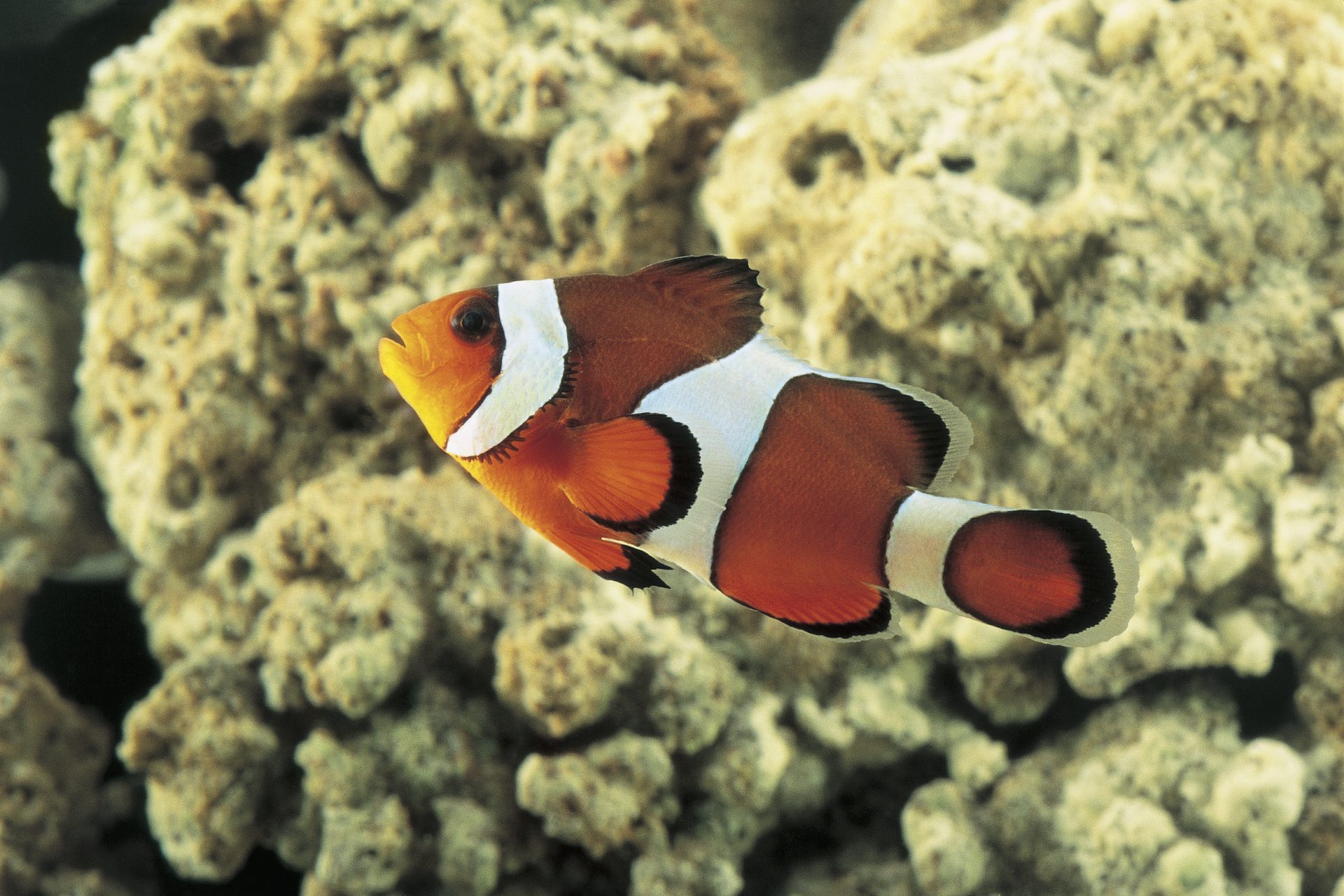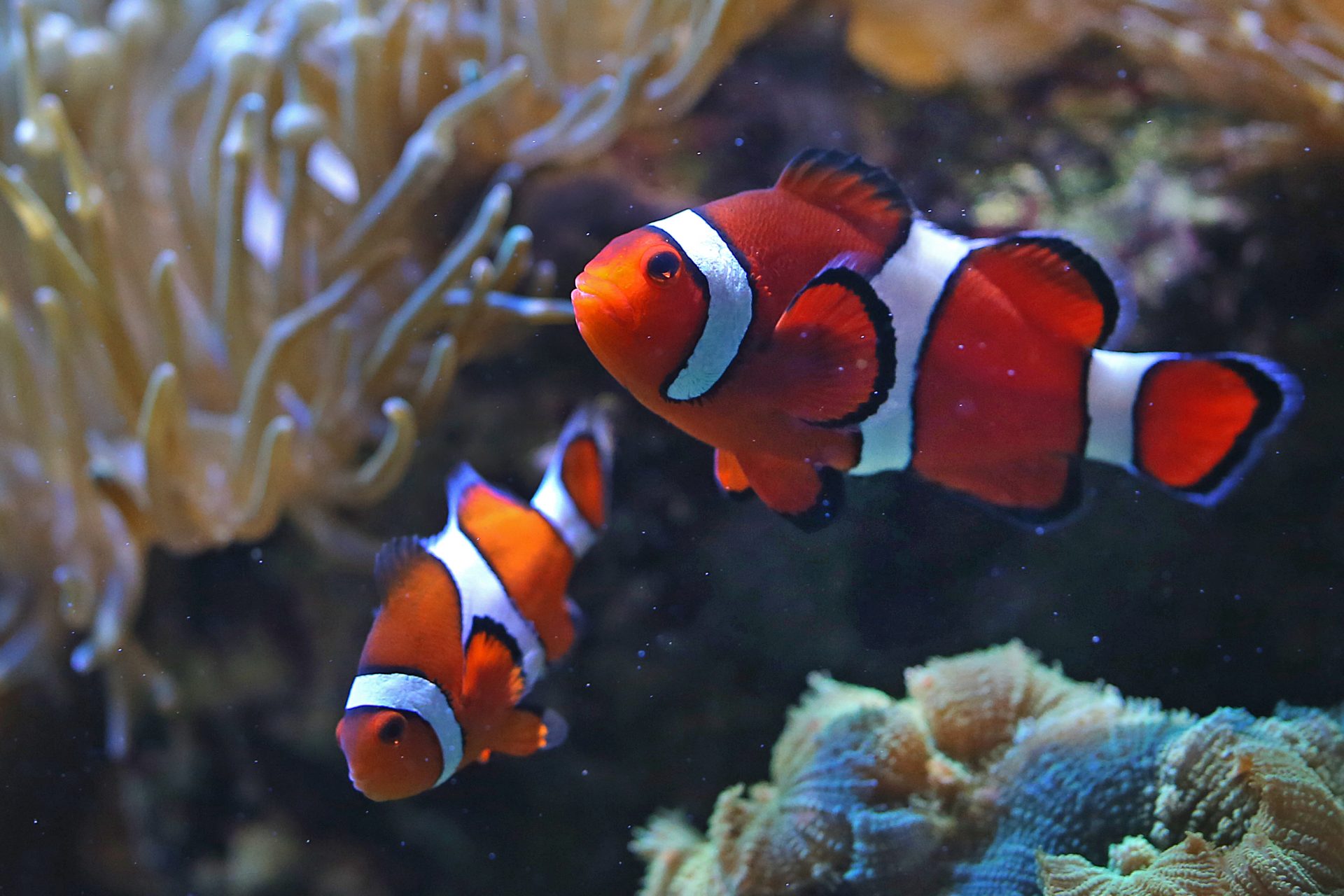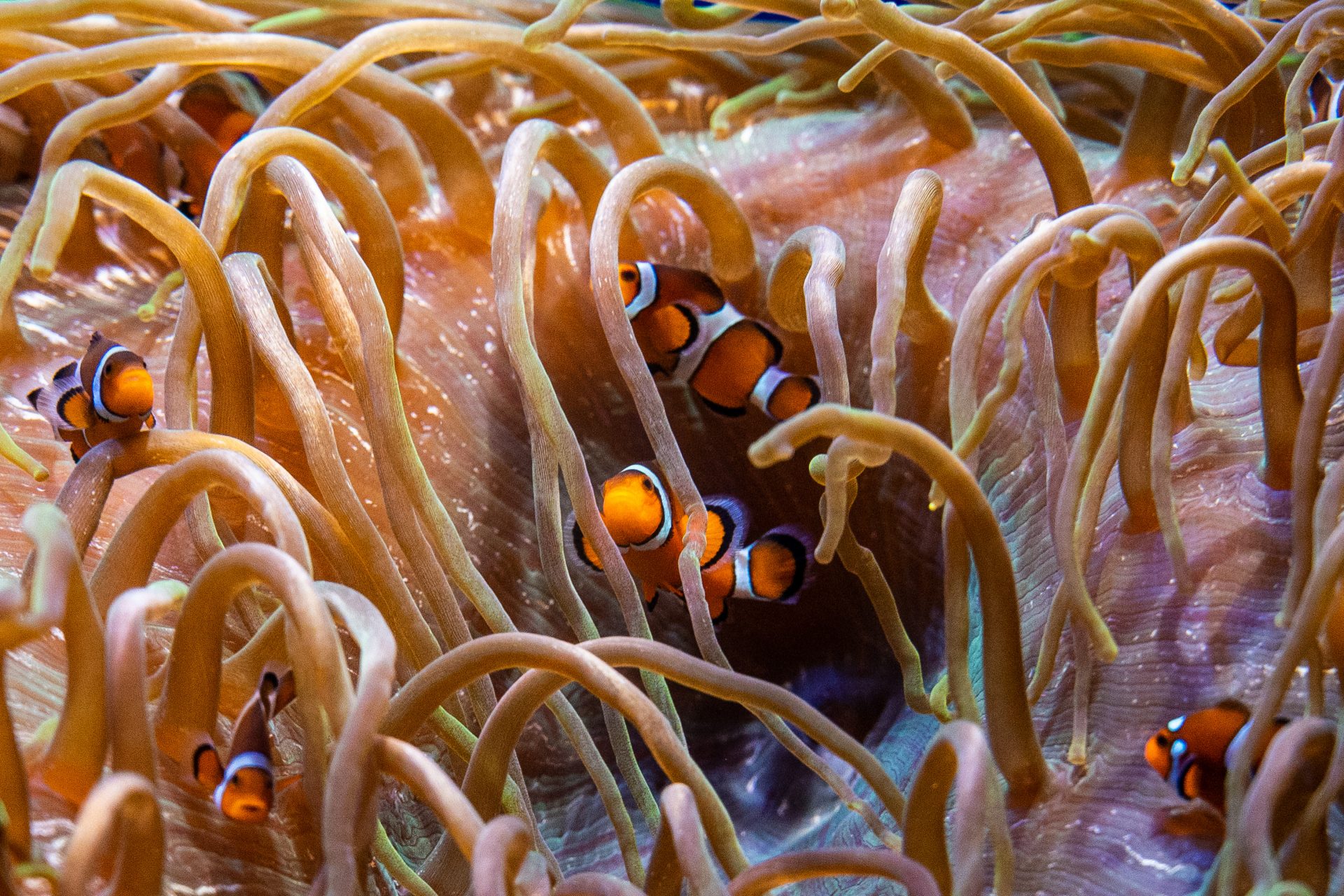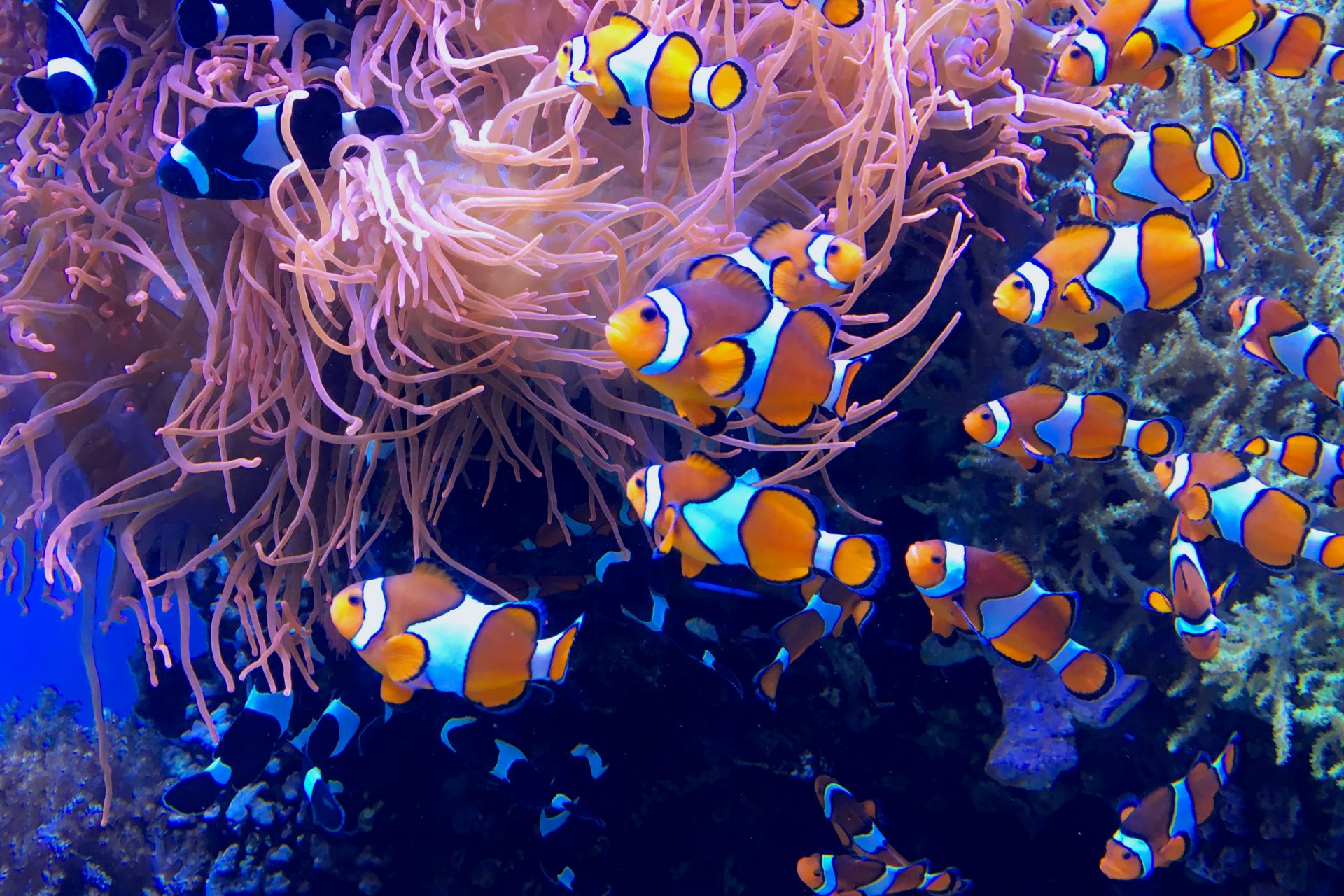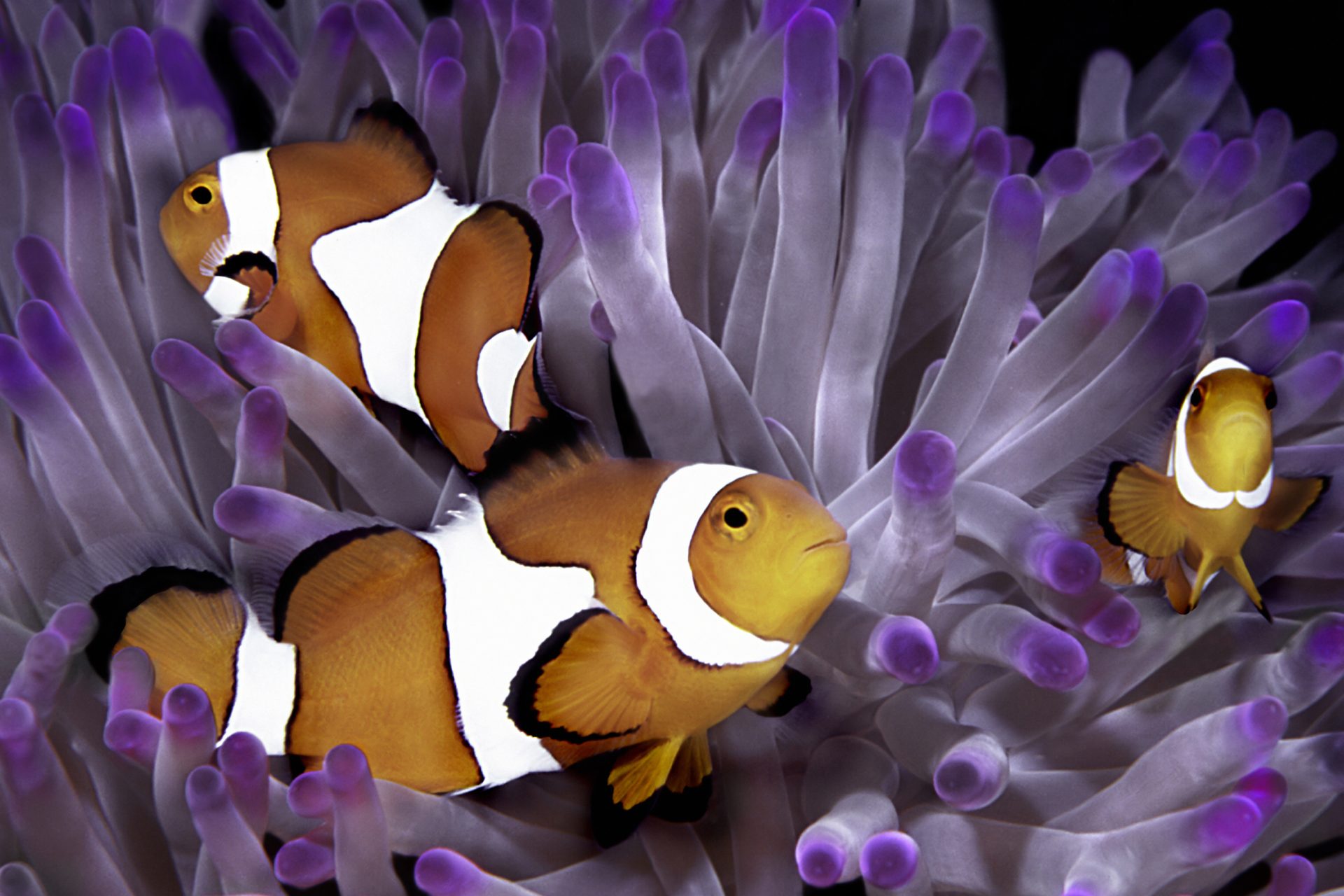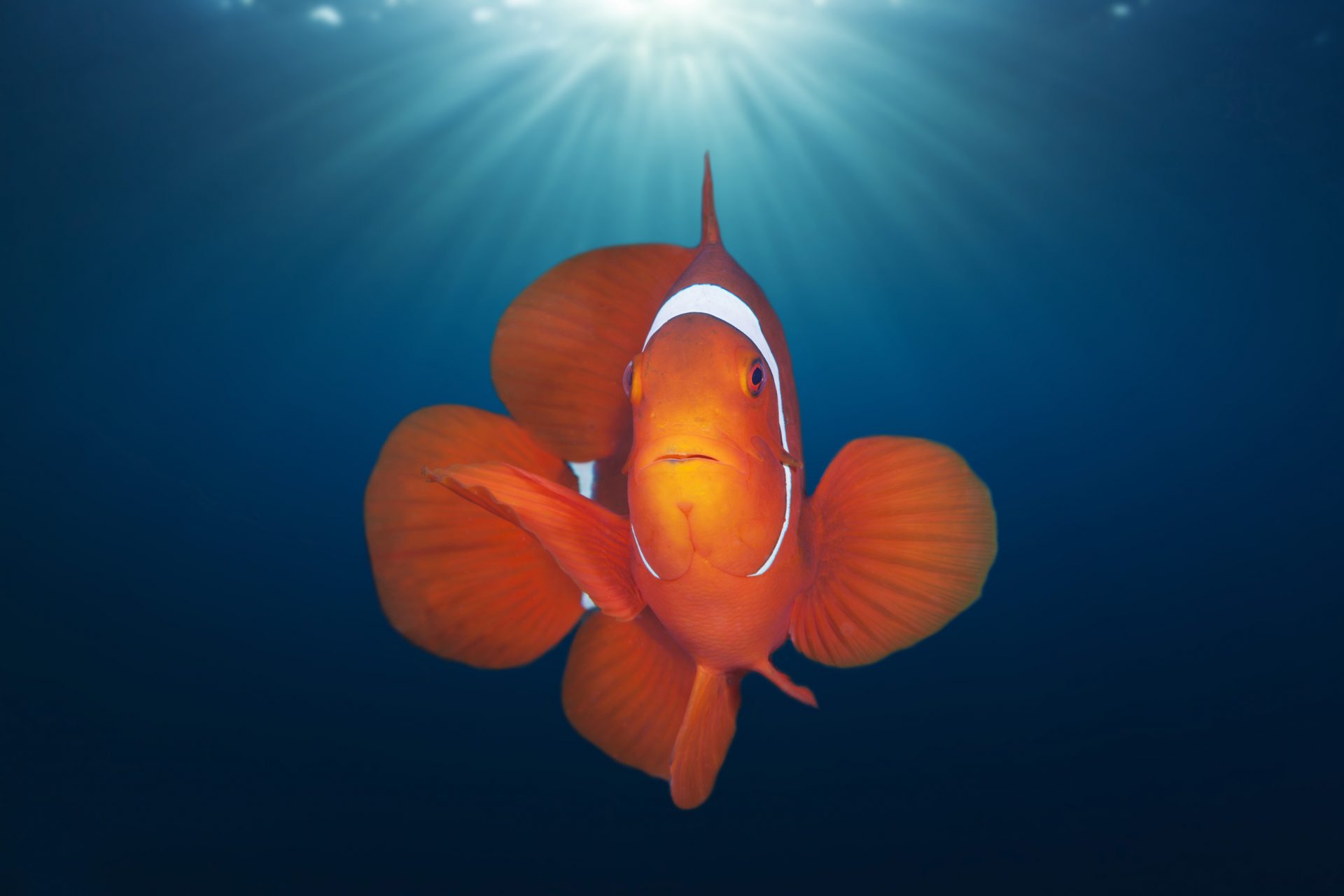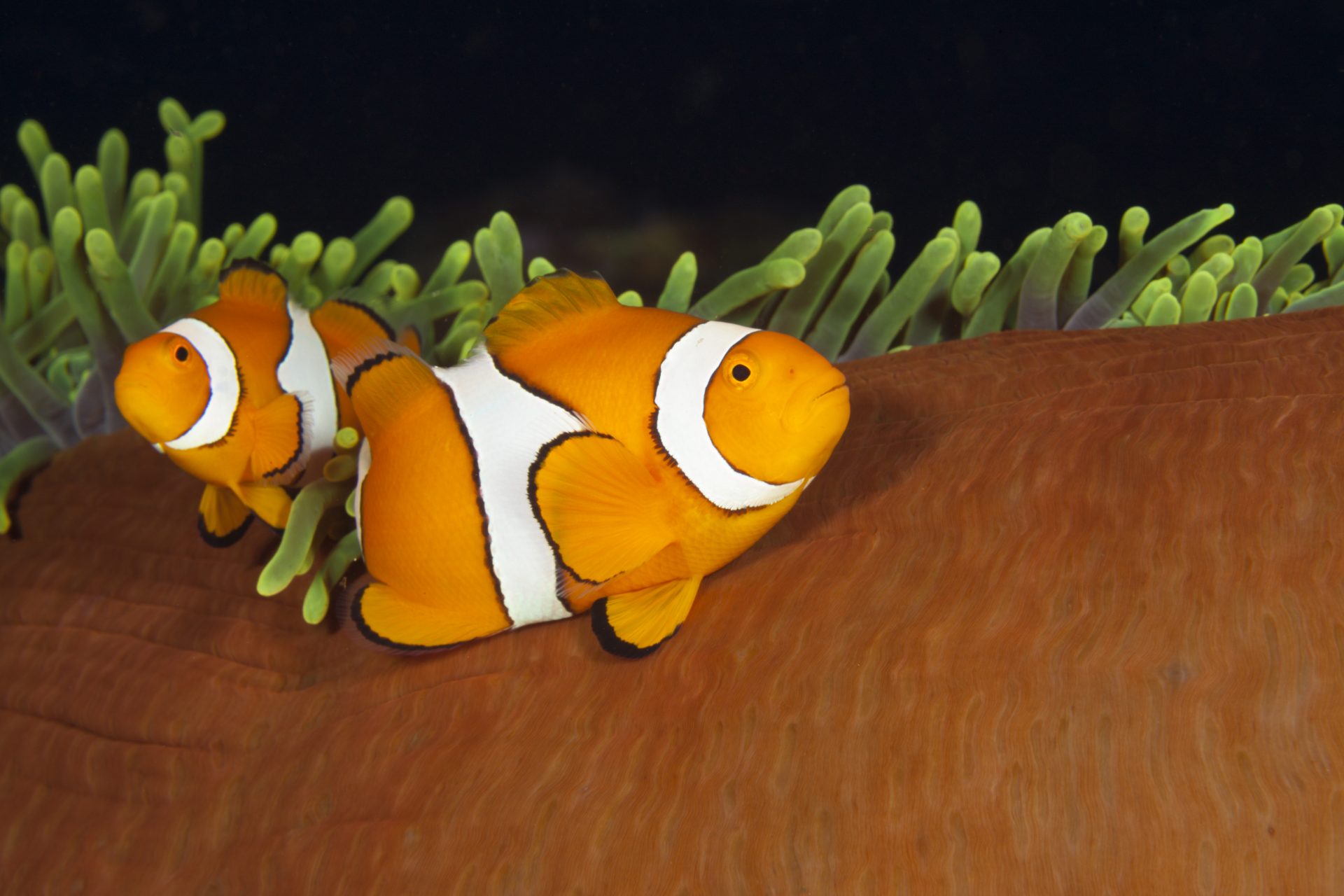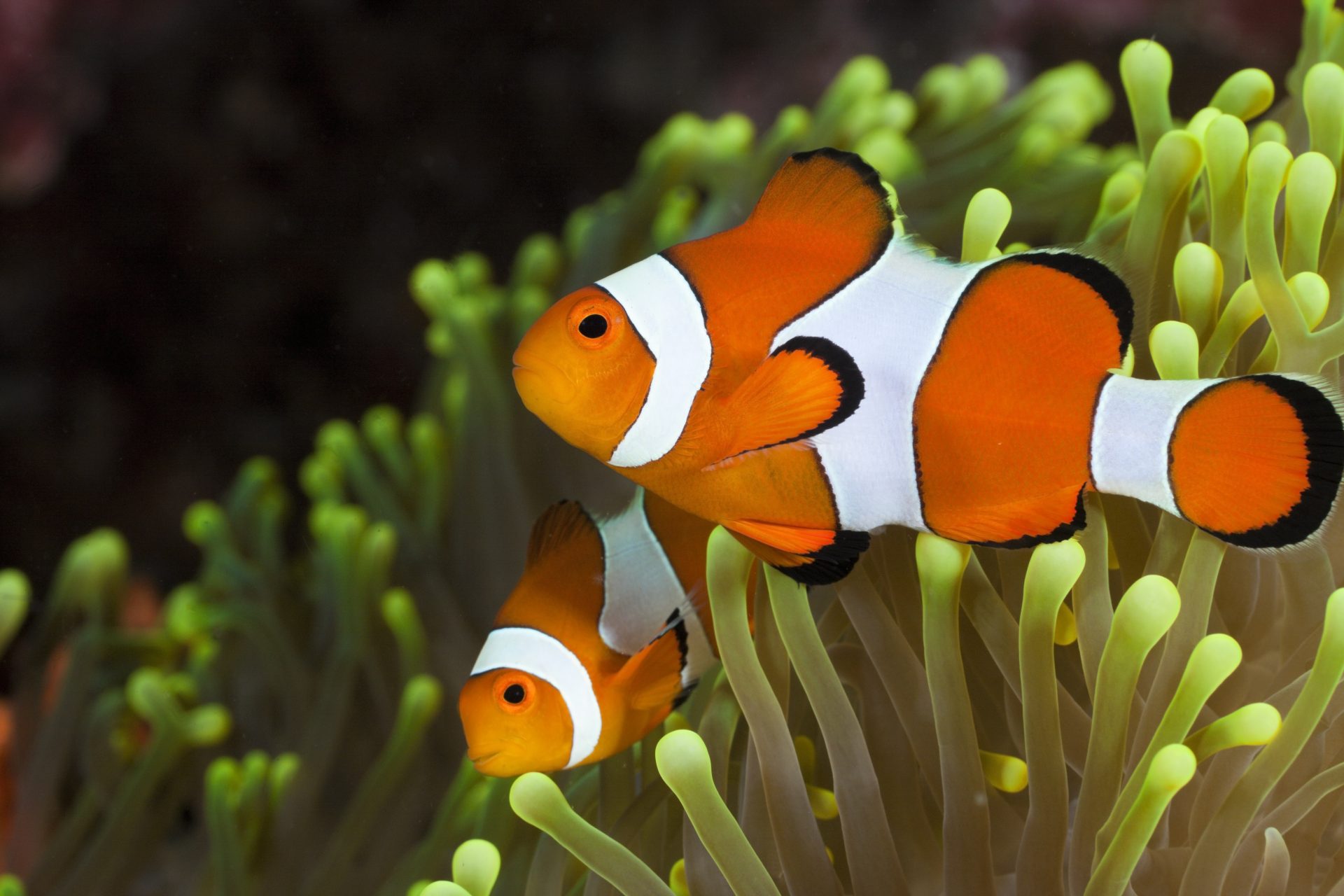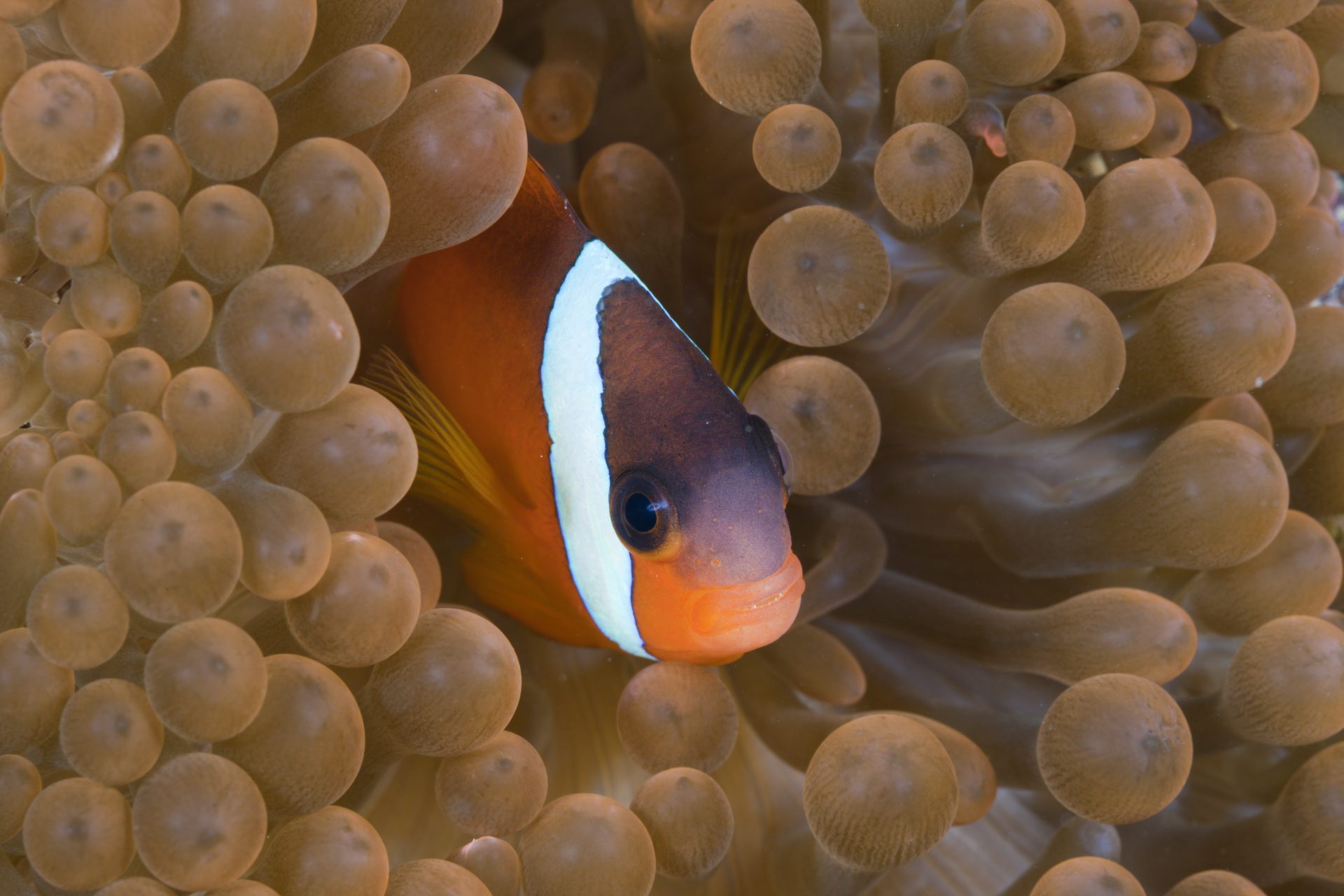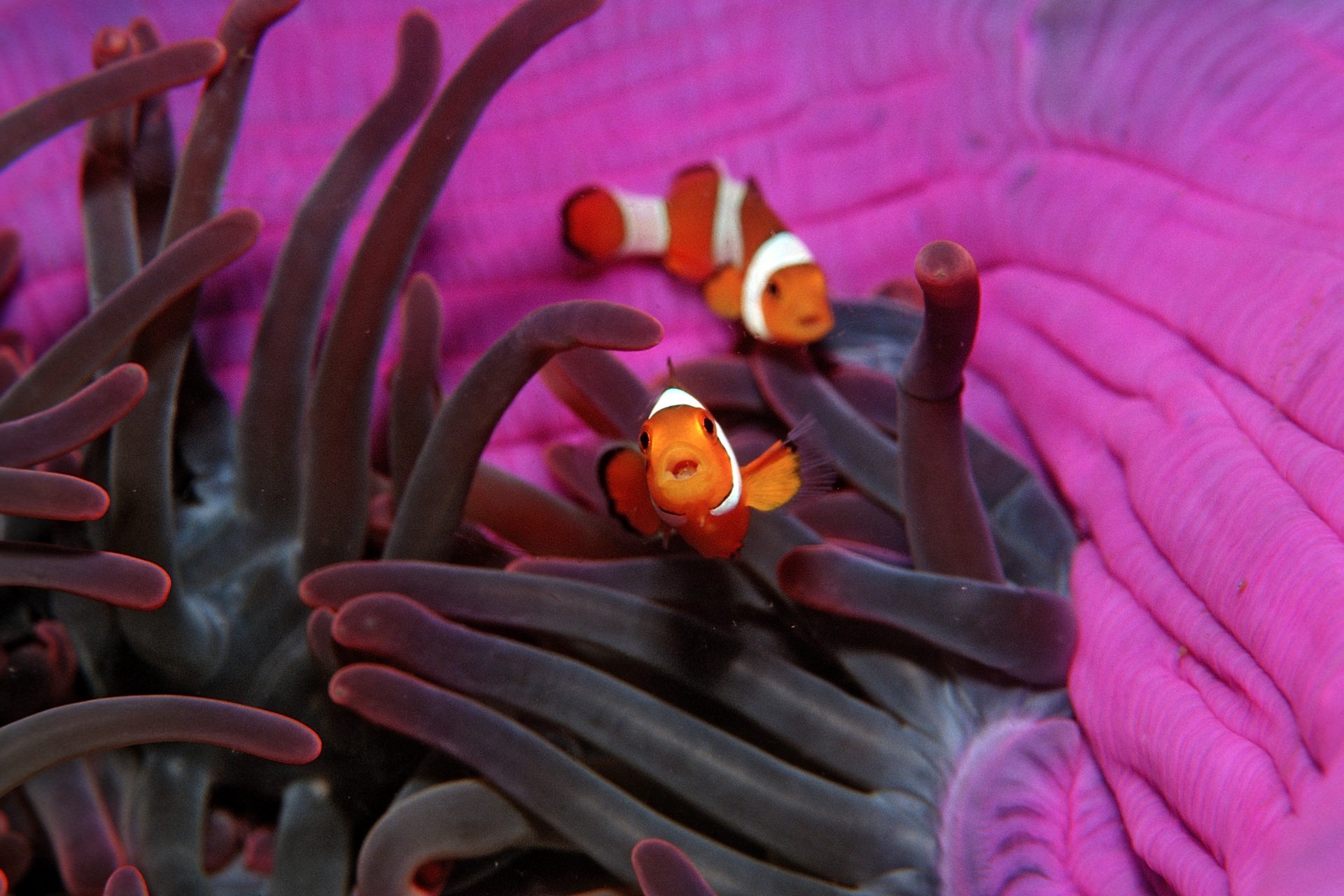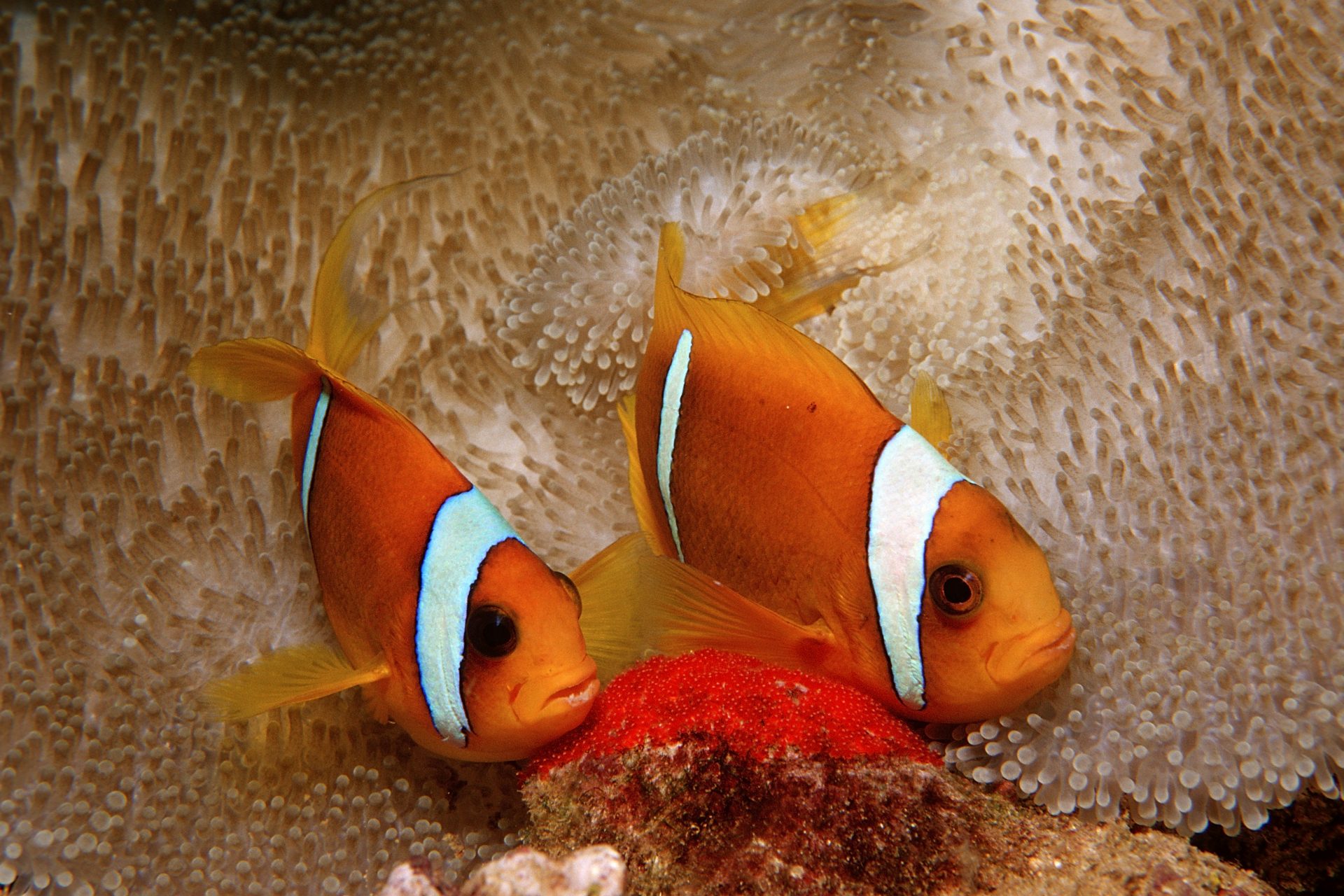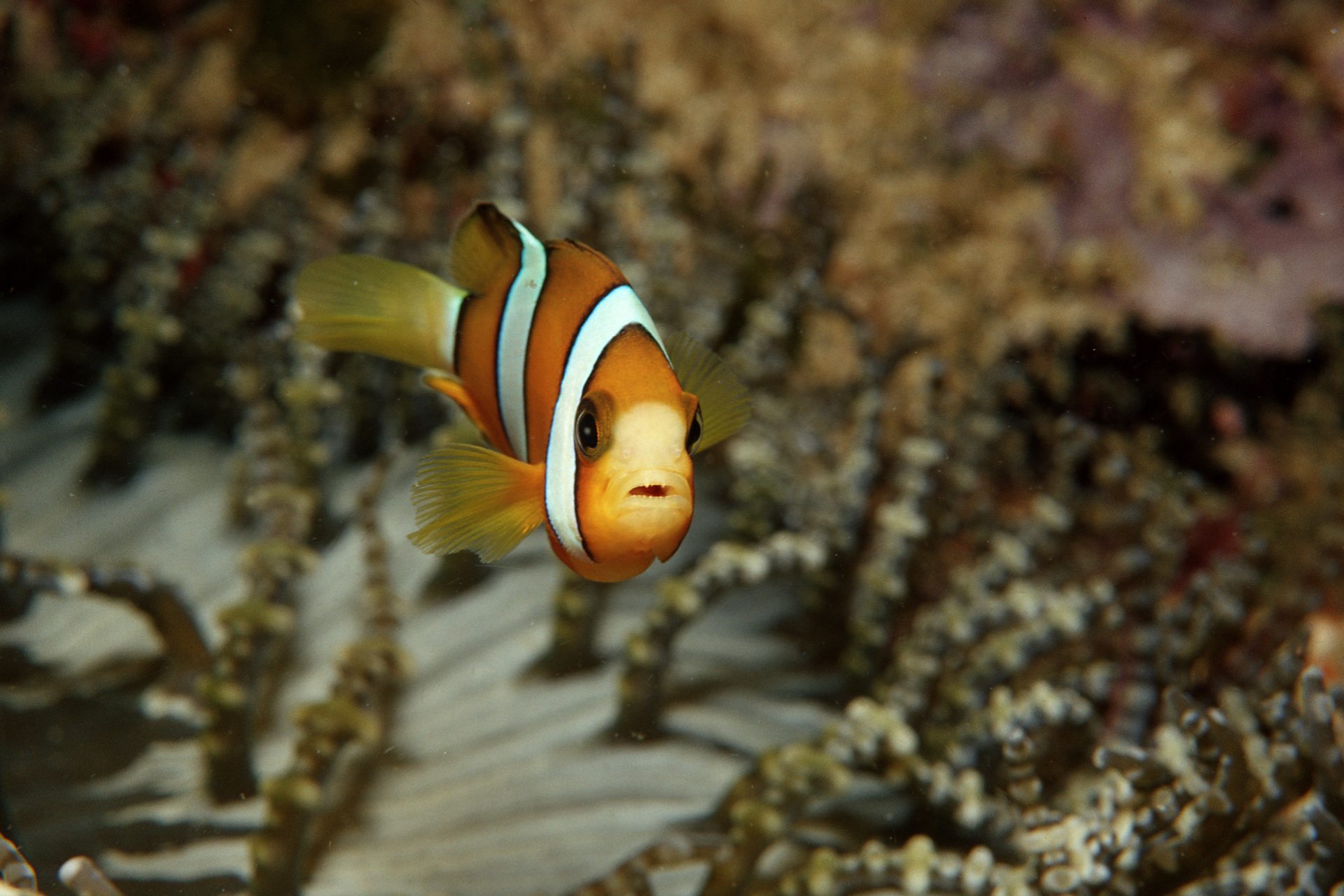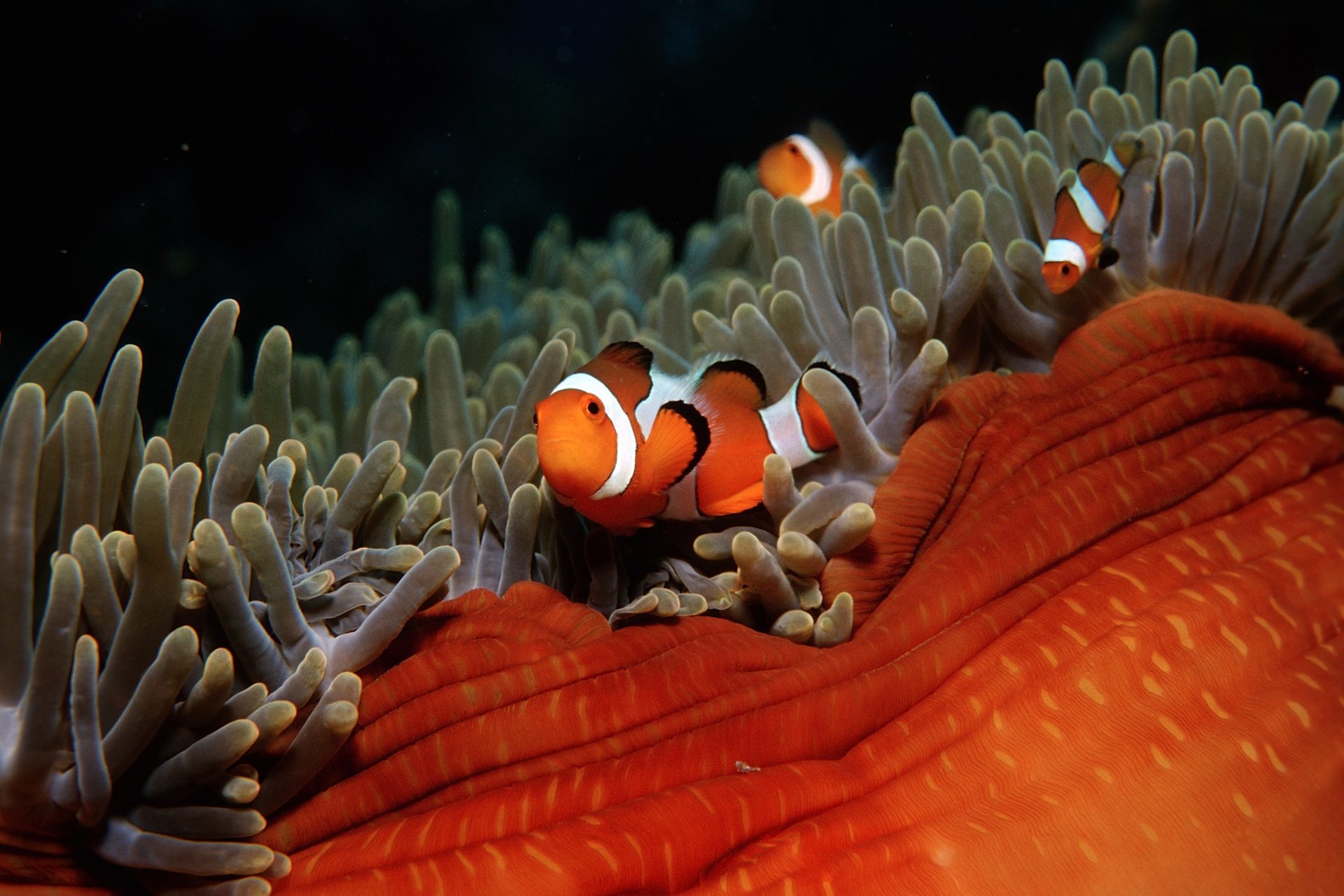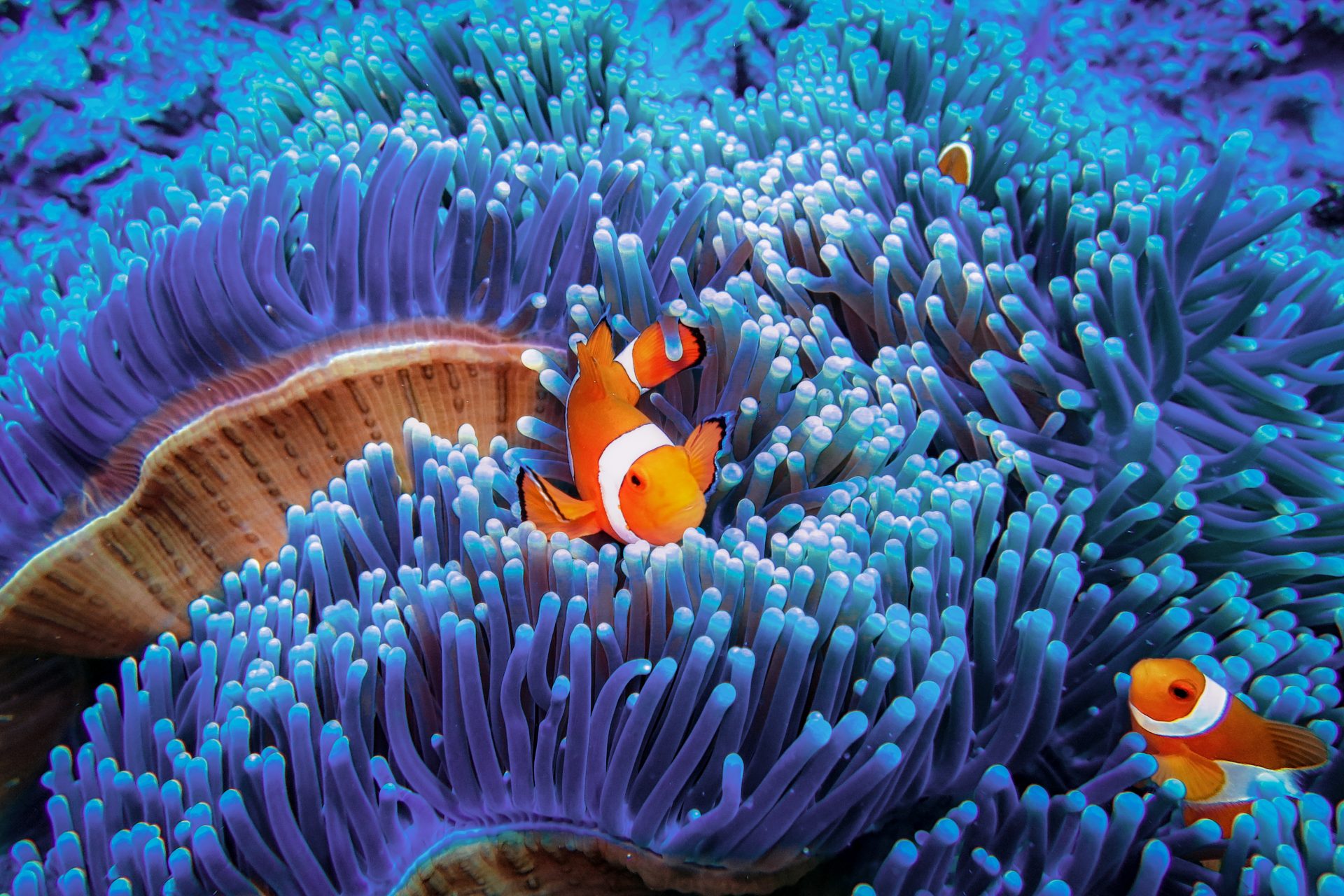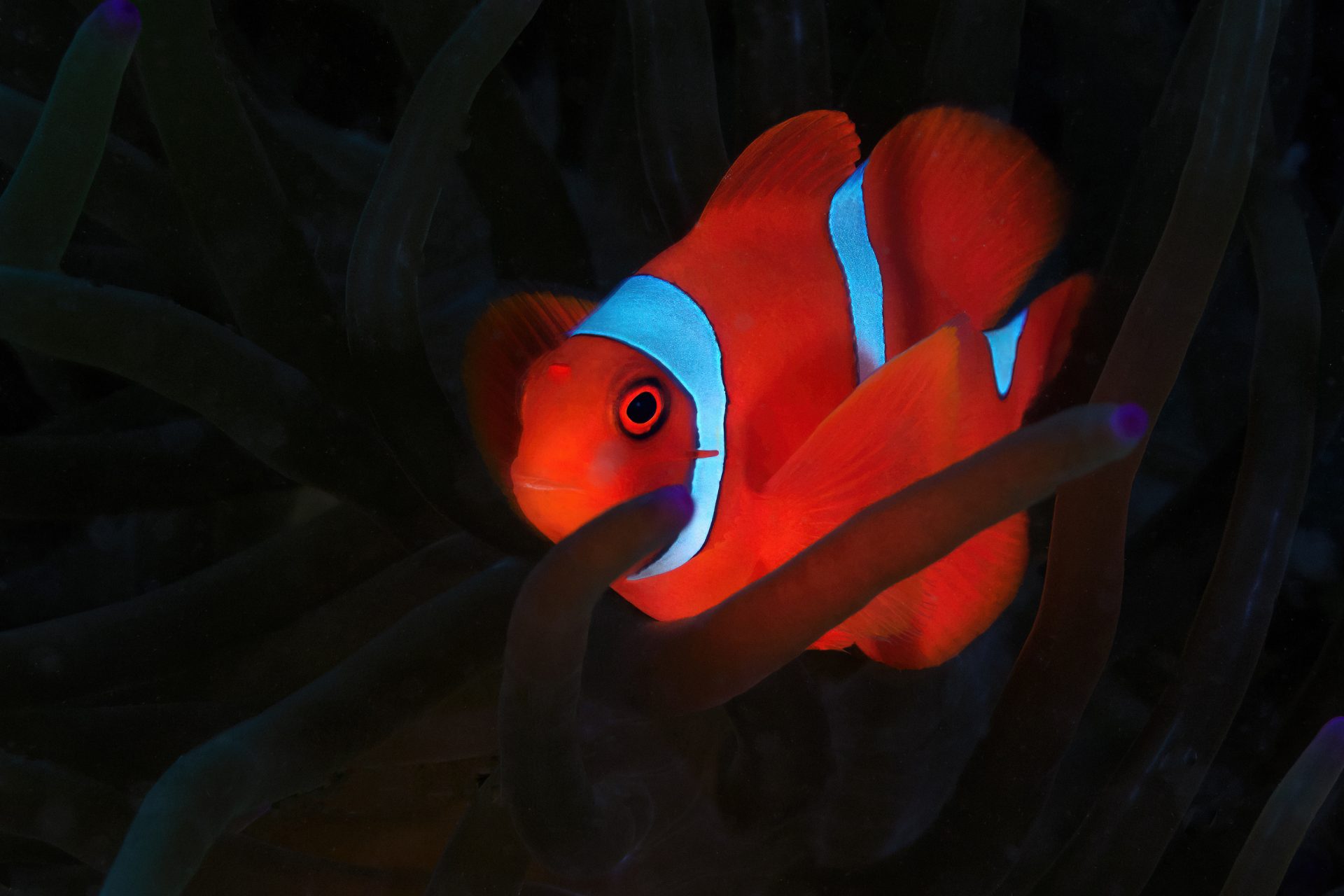Did you know Nemo is good at math? Scientists discover clownfish can do addition
Thanks to the Pixar movie 'Finding Nemo,' almost everyone can recognize a clownfish. However, a recent study on these charming orange and white striped creatures reveals that they possess both intelligence and attractiveness.
According to a new study published on February 1, in the Journal of Experimental Biology, clownfish may be able to do simple maths.
Science magazine reported on the findings and summed up the results of the study nicely saying, "clownfish can count up to three stripes on other fish. And in so doing, they can identify the ones most likely to threaten their homes and social order."
It is pretty wild to imagine that fish are capable of counting, even if it is only until the number three. According to the BBC, while the discovery of the clownfish's ability to count is new, scientists have encountered plenty of other animals with the ability over the years including: gorillas, rhesus, capuchin, and squirrel monkeys, lemurs, dolphins, elephants, birds, salamanders.
However, the reason that clownfish count unique. As pointed out in Science, who spoke to Brian Butterworth, a cognitive neuroscientist from University College of London, until now the ability to count by animals has been mainly to secure larger amounts of food or safety in a big group.
The authors of the study titled 'Counting Nemo: anemonefish Amphiprion ocellaris identify species by number of white bars,' found that the fish are counting for the purpose of identification.
As the authors of the scientific paper highlight, there are in fact 28 species of anemonefish (clownfish) and they present with between 0 and 3 white stripes on their bodies, which the scientists believe the fish use for identification purposes.
You might be wondering why do clownfish need to identify each other anyways? Well, as Forbes magazine pointed out in a piece on the species, "Nemo" is actually an aggressive meanie! Those who study the fish know this well, and they also know that clownfish will attack other members of their species who try to enter their anemone home.
When they attack clownfish are known to bite and chase any "home invaders" away without any fear. Marine neuroscientist Justin Rhodes told Science, “These are literally among the most aggressive animals on our planet.”
Rhodes added that clownfish are particularly threatened by newcomers pertaining to their species that might change their social status saying, “They don’t want anyone coming in and taking their place in line.”
The purpose of stripes on clownfish has been a bit of a mystery to marine biologists for quite some time. As reported by Forbes in 2022, Kina Hayashi, a marine ecologist at the Okinawa Institute of Science and Technology, along with her team discovered that clownfish spent more time attacking wooden decoy fish that had the same strip patterns as their own.
The results of the 2022 study on clownfish led Hayashi to wonder if perhaps clownfish were able to count the stripes on other fish. This led Hayashi and her colleagues to develop the latest experiment.
While we won't go into all the details of Hayashi's experiment with the fish, we will look at the results. Essentially the group discovered that the clownfish really noticed and cared whether or not other clownfish, who did not belong to their group had stripes.
They used three-striped clownfish in the experiment and found that they disliked decoy clownfish with three stripes more than any others, attacking them ten times more often than the decoy fish without stripes.
Hayashi and her team were shocked to not only see that the decoy fish with stripes were attacked more than those without but also that the amount of stripes on the decoy fish also affected the behavior of the clownfish.
The three-striped clownfish attacked the three-striped decoys two times more often than they did the single-striped models. In addition, the three-striped decoys were still attacked 1.3 times more than the double-striped models.
Hayashi and her team believe this means the clownfish are counting the stripes in order to protect their home against their own species. However, some experts say that more study is needed and that the clownfish may only be reacting to the amount of white on the decoy fish. More studies are needed to fully confirm if the fish are counting or not, but Hayashi and her team are convinced they are and she hopes to discover in further studies when they learn to count.
More for you
Top Stories



